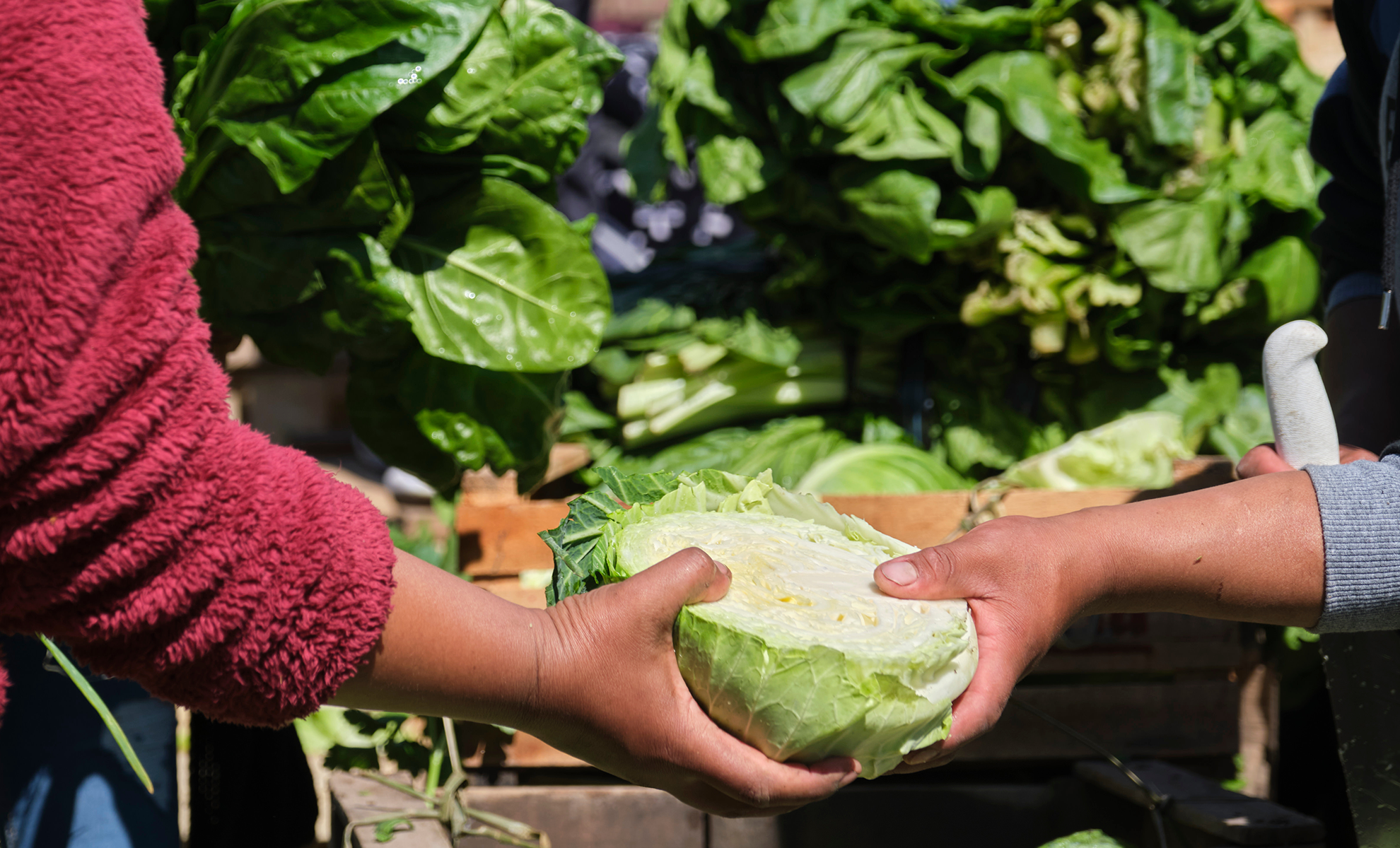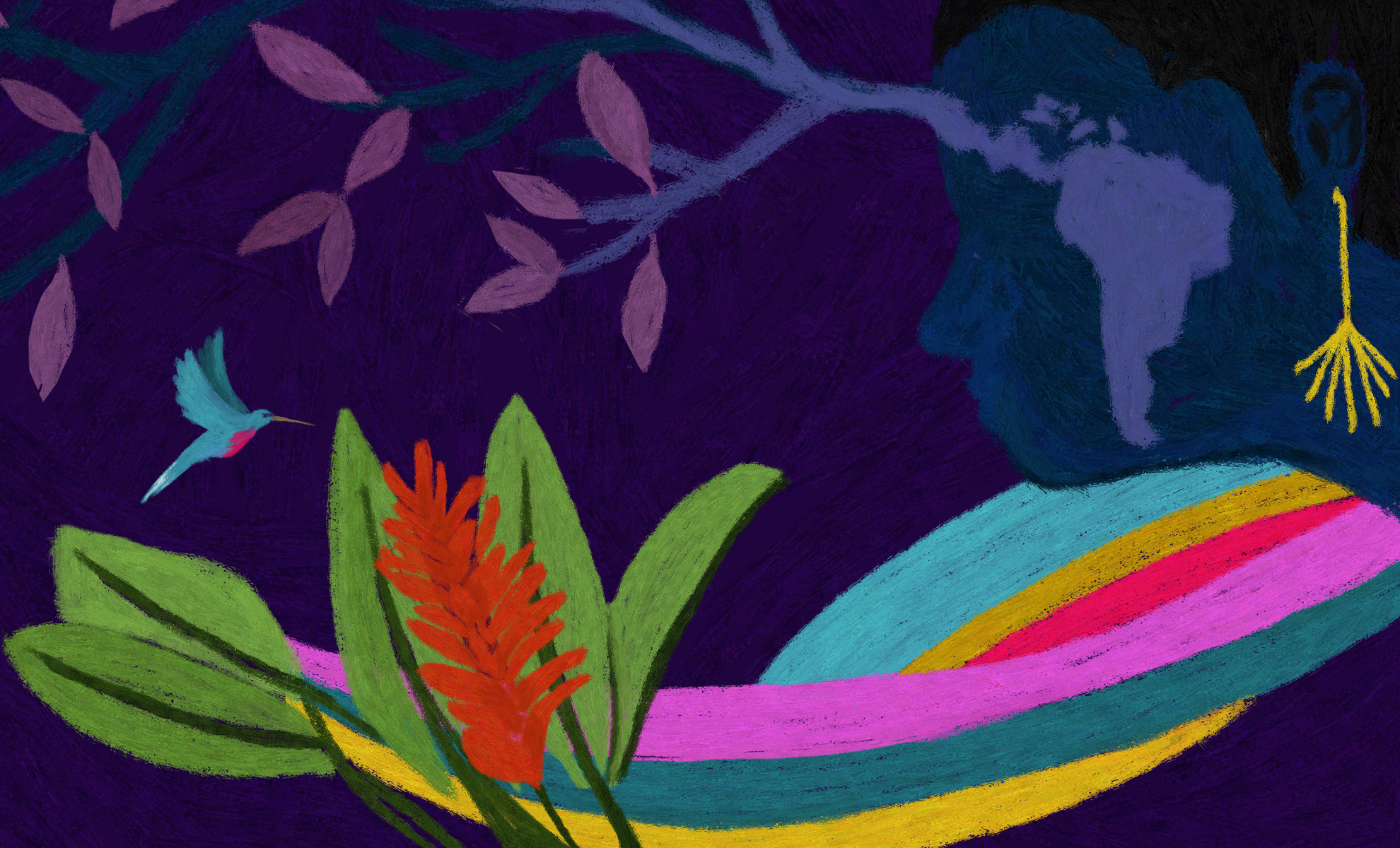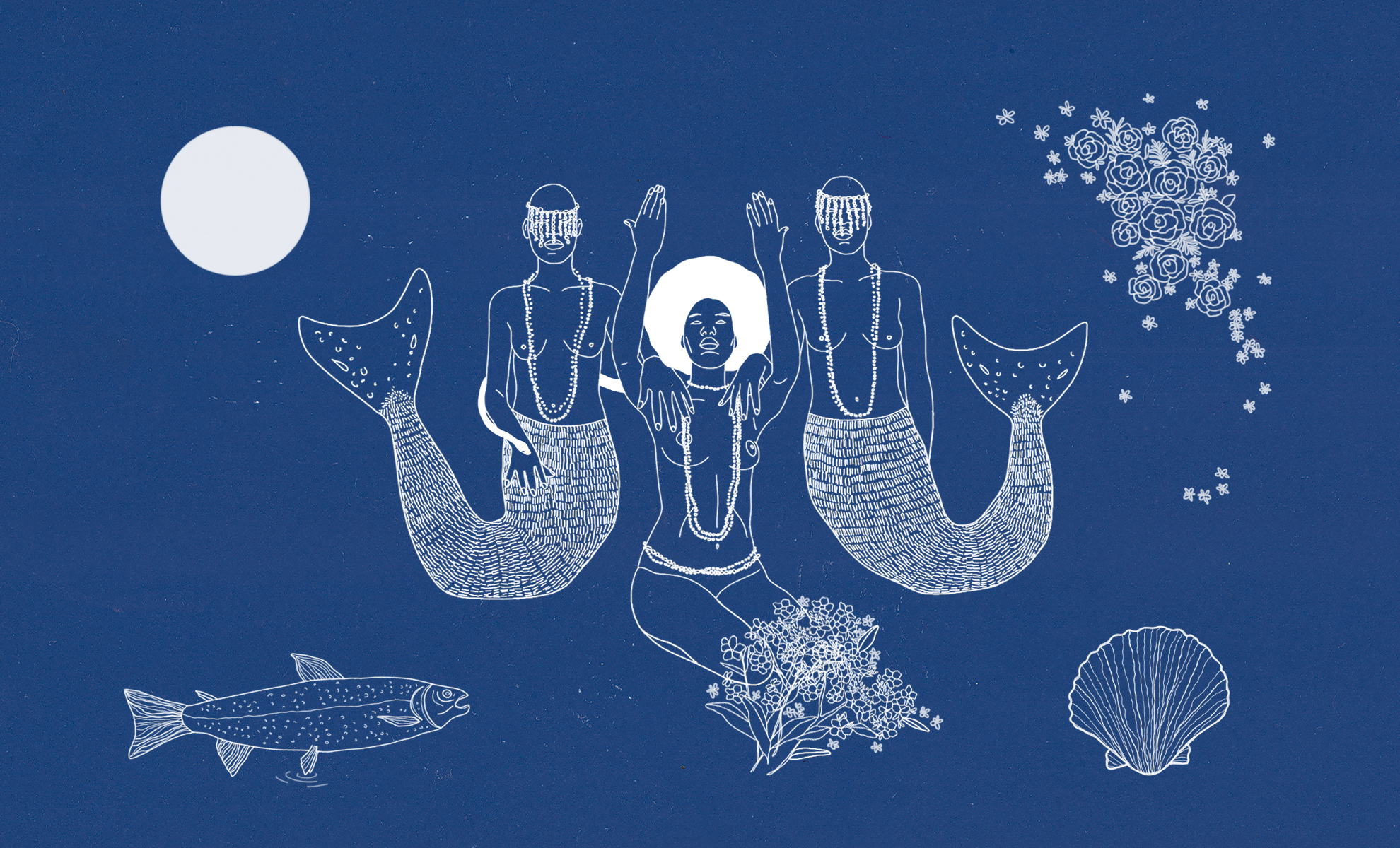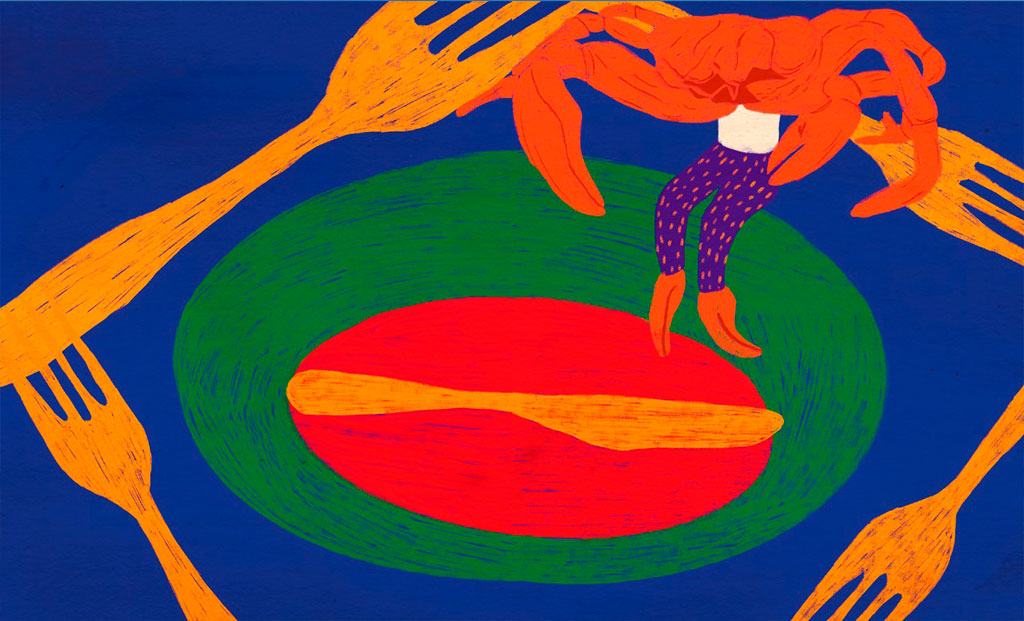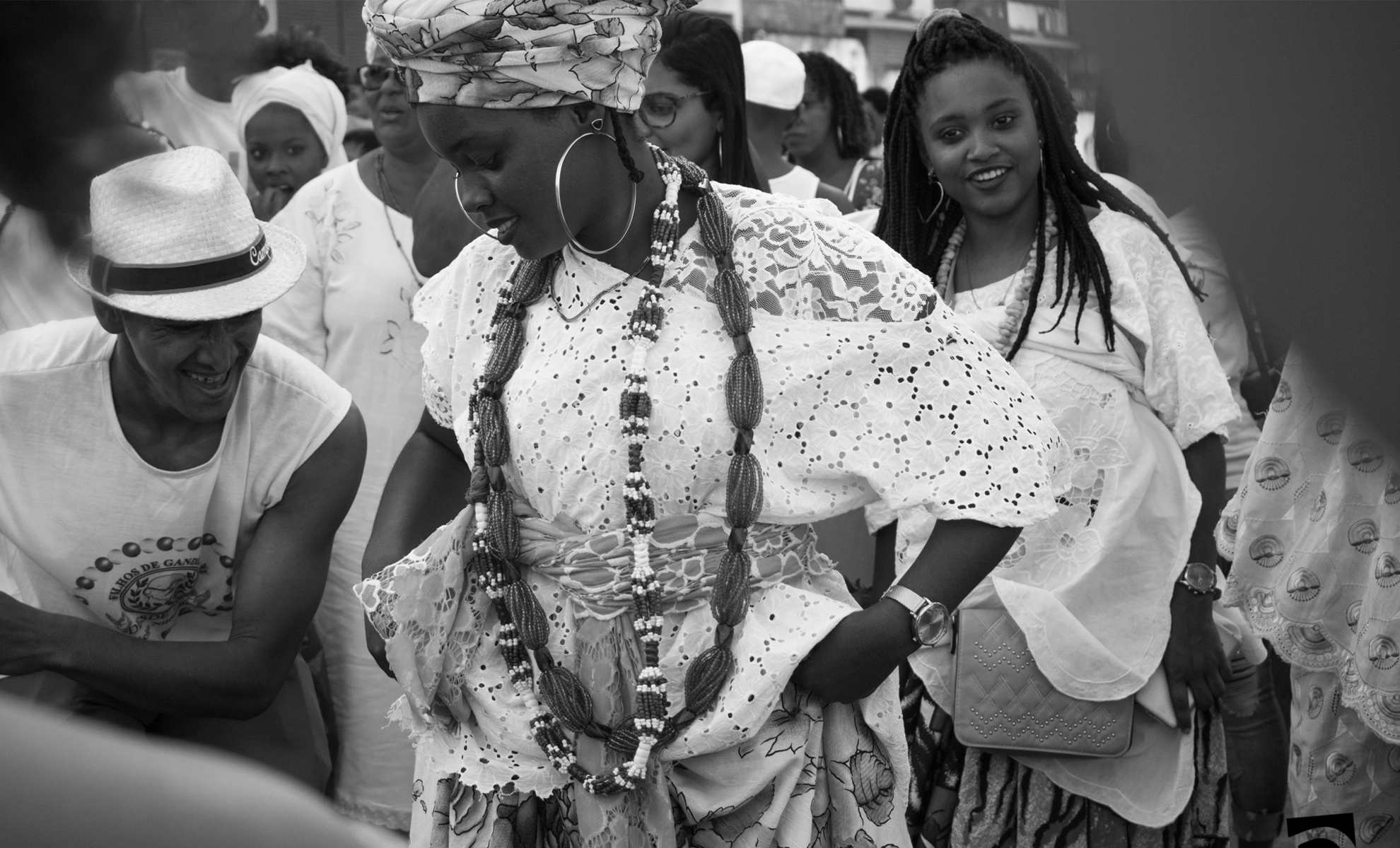



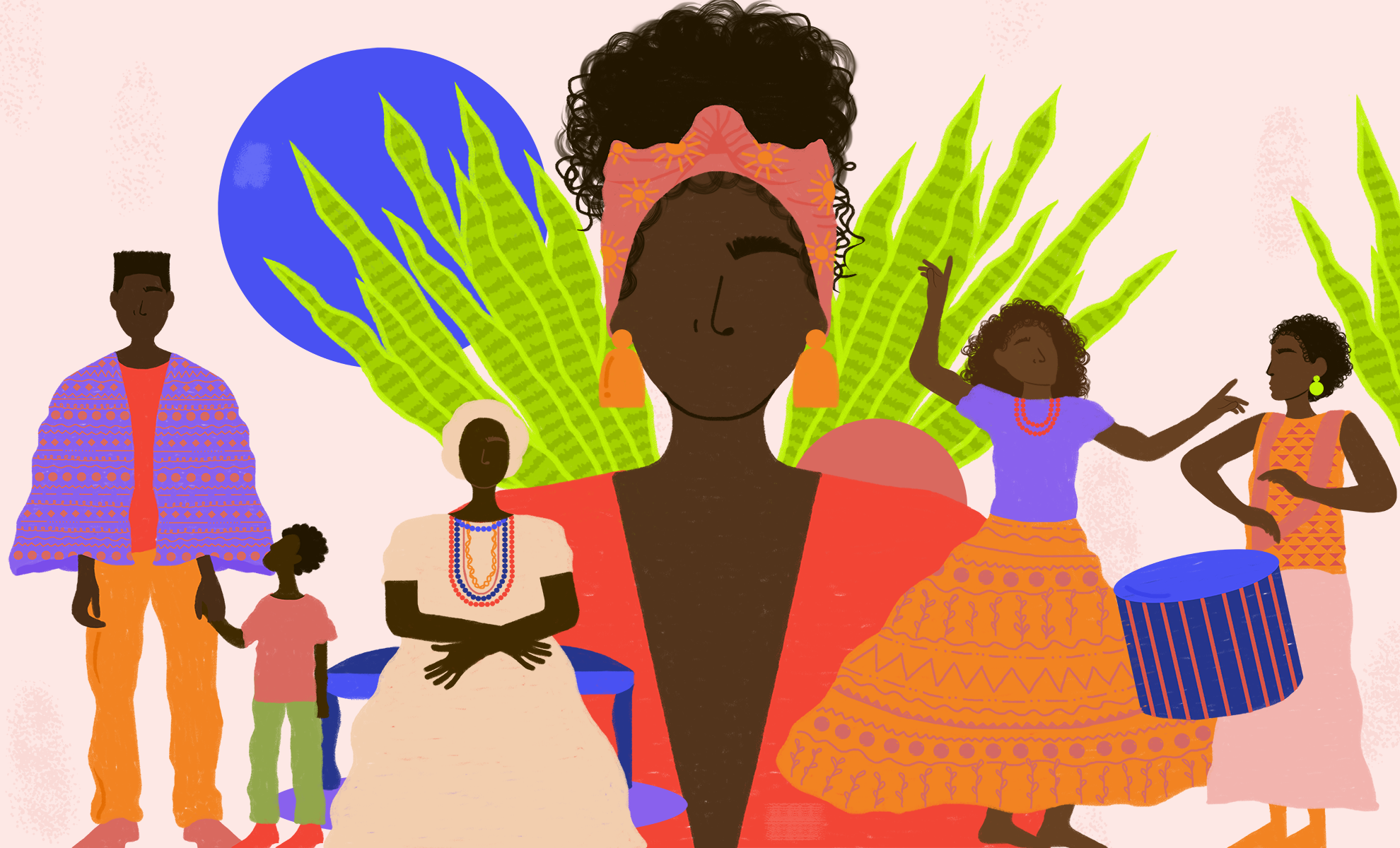

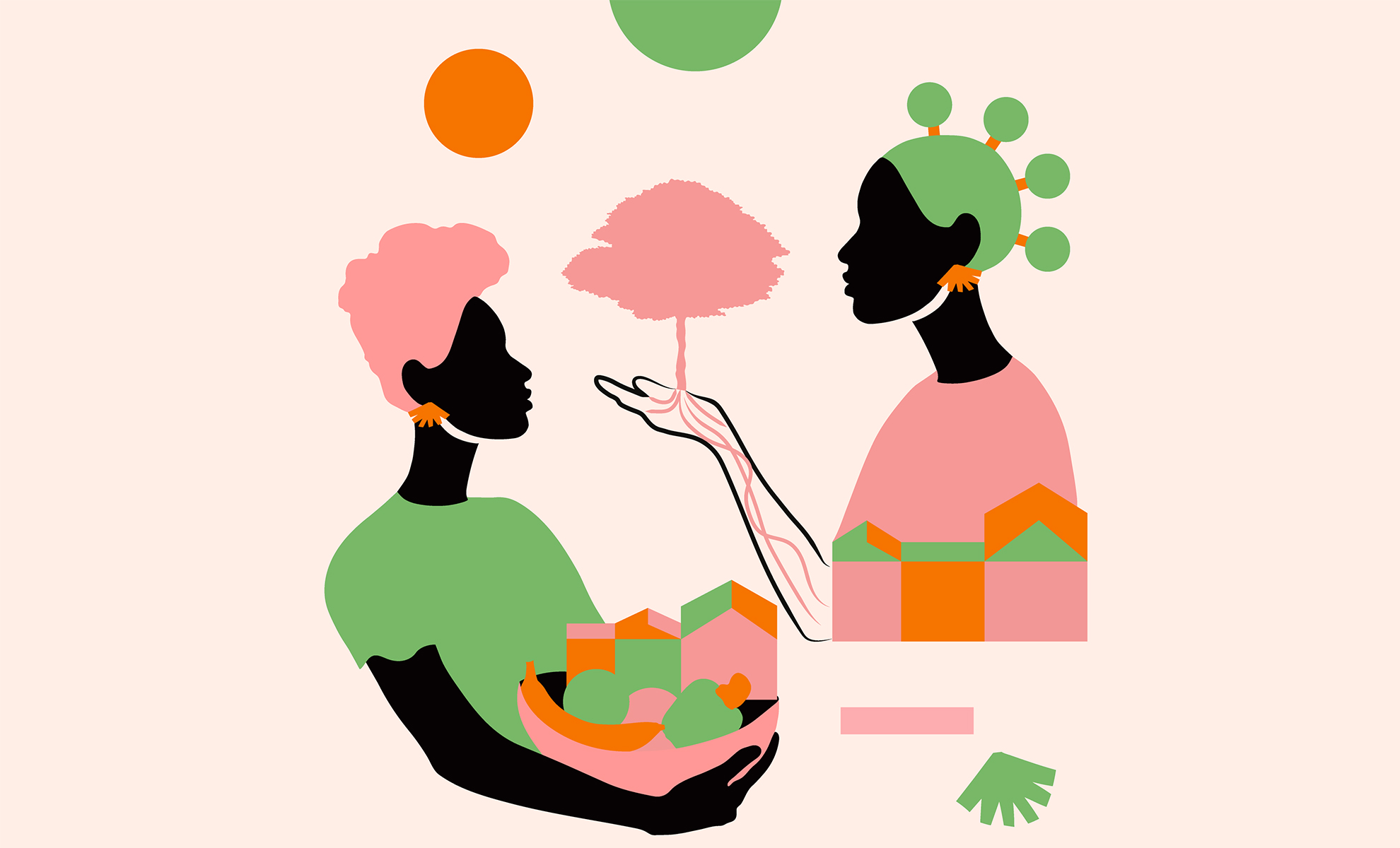
Clarice Wenzel Pereira, born in Juiz de Fora, Minas Gerais, is a visual artist and a graduate student in Architecture and Urban Planning at the Federal University of Juiz de Fora. Her work, full of vivid colors, mainly revolves around Black figures, scenarios, and shapes. Clarice has been sharing her illustrations on the Enlê page since 2020, when she was reflecting on the appropriation of places in her city.
Clarice says that in her creative process she sought to bring a sense of joy and belonging through the vibrant colors. According to her, she achieved this while portraying elements of African culture, relationships with others, the importance of emphasizing the right to food and expression, and always being grateful for what we have learned and for those who came before us. She provides more details about the process behind each illustration:
"In the illustration for the December 2020 newsletter, inspired by Edson Cardoso's article, I retrieved some excerpts that brought the feeling of hope and of becoming aware of oneself: “There is new clarity, a confident display of oneself, a joy in being oneself [...] of presenting oneself in this way. It's very powerful.' From this point of view, inspiration was drawn from Mãe Menininha, the relationship with the drum and its reference to the ancestors (addressed in Comunidades do Tambor by Paulo Dias), besides portraying individuals dancing. The background is made up of snake plants, or the sword-of-Saint-George plant, as it is called in Brazil, symbolizing protection for all.
With elements such as the tree, symbolizing life and the connection with the earth, a basket with native fruits, and houses, I sought to bring a welcoming and hopeful message for the year, as part of the 2021 Ibirapitanga Institute Calendar. I also wanted to encourage the search for a new outlook regarding others, diversity, life, and fair and healthy food systems.
For the January 2021 newsletter, I portrayed Afro and popular culture, as well as faith and energy, I was inspired by the Feast of Yemanja, focusing on her in a boat of offerings with fruits like sourop (graviola) and watermelon, in addition to the popular white flowers."









